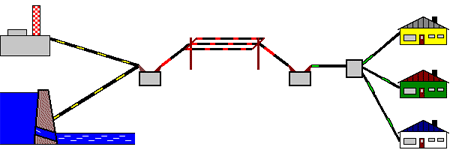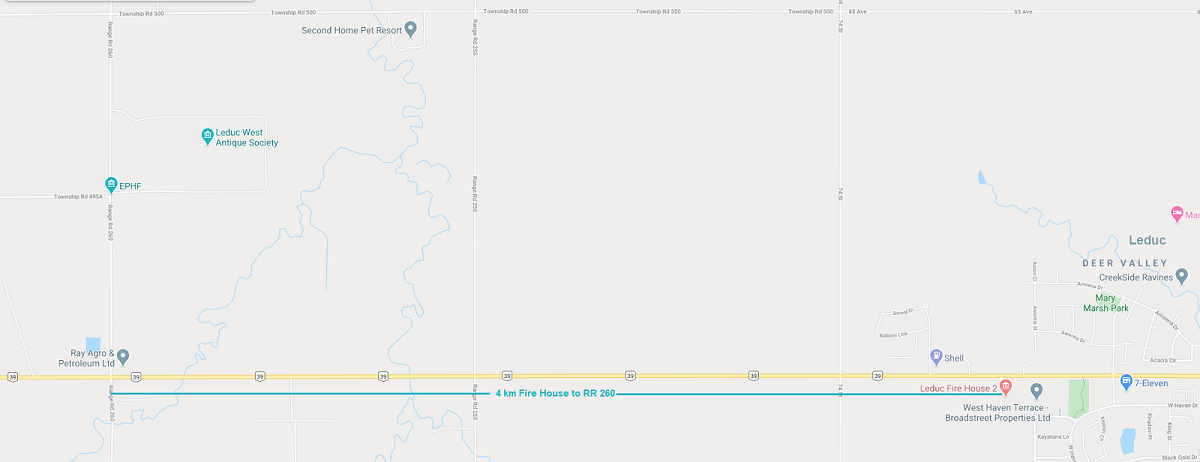How does electricity work?

Every day, we rely on electric power to light, heat and cool our homes, run our refrigerators, television sets, computers and many other home appliances. So where does this power come from and how is it delivered to us?
Large electric power plants supply nearly all electric power that people use. There are two major types of electric power plants: (1) Thermal Plants, which use the energy from fuel (coal, oil, gas or nuclear), and (2) Hydro Plants,which use the potential energy from stored water. These plants use this energy to drive turbine/generator sets, which produce electric energy. This part of the process is referred to as "generation".
The electricity from the generating stations is converted to a high voltage before it is transmitted to the cities and towns where it will be used. Most electricity travels along overhead wires or buried cables. The connections between generating stations and communities are in the form of an interconnected grid system, allowing multiple generating stations to provide electricity to an area. The process of moving electric energy from the generating stations to major centres is called "transmission".
At the cities or towns, the voltage is reduced and the electricity is delivered to customers through a series of cables and switches. To help ensure reliability and avoid interruptions, each centre is developed as an interconnected network. Delivery of electricity to the customer through this network is referred to as "distribution".
Further information
Electrical Distribution (Wikipedia)
Electrical Distribution is the transport of electrical energy between a transmission substation and commercial or residential customers.
Electrical Generation (Wikipedia)
Electrical Generation is the conversion of mechanical energy to electrical energy.
Electricity related Info
Transformer Tutorial (Molecular Expressions)
This site shows how transformers increase or decrease AC voltages and currents in circuits. It is a 'hands on' demonstration - move the sliders to adjust input voltage and number of windings then watch how the output voltage changes.
